Habanero chili: hot, sweet, and numerous varieties
Did you know that the Habanero pepper is named after the city of Havana (La Habana, in Spanish)? You might think that’s because the hot pepper originates on the island of Cuba, but that’s not the case. In fact, it is because this pepper used to be heavily traded in the Caribbean city. Its true origin is in continental South America, where it is still widely grown to this day.
Habanero, botanically classified as Capsicum chinense, is considered to be the hottest chili pepper that is truly commercially available. In fact, in 1999 the Habanero was listed in the Guinness World Records book as the world’s hottest chili pepper. Today, the Carolina Reaper – a cross between Habanero and Bhut Jolokia – holds the world record. When a Habanero chili is fully grown, it averages about 2 inches in length with smooth, waxy skin and relatively thin flesh.
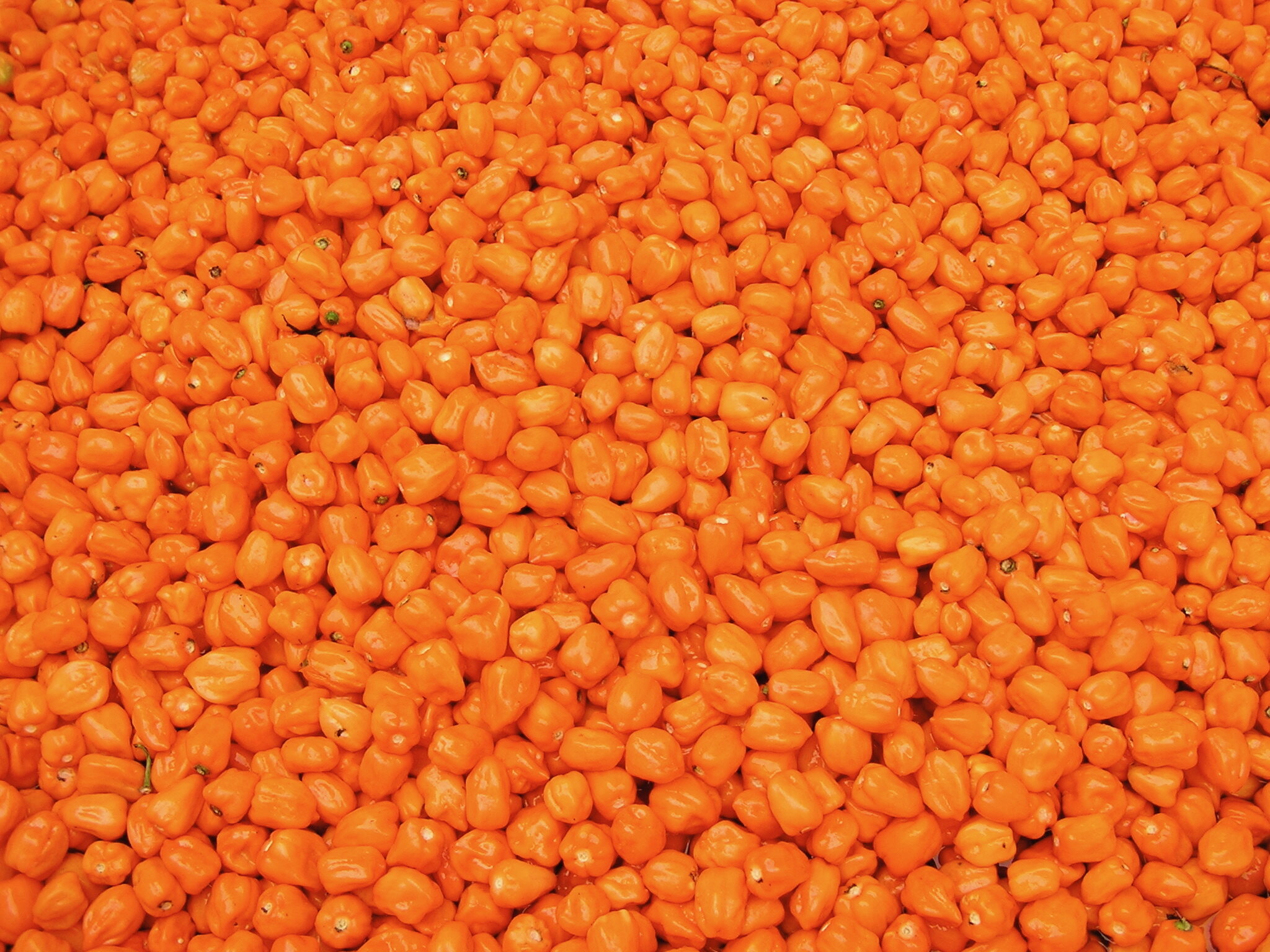

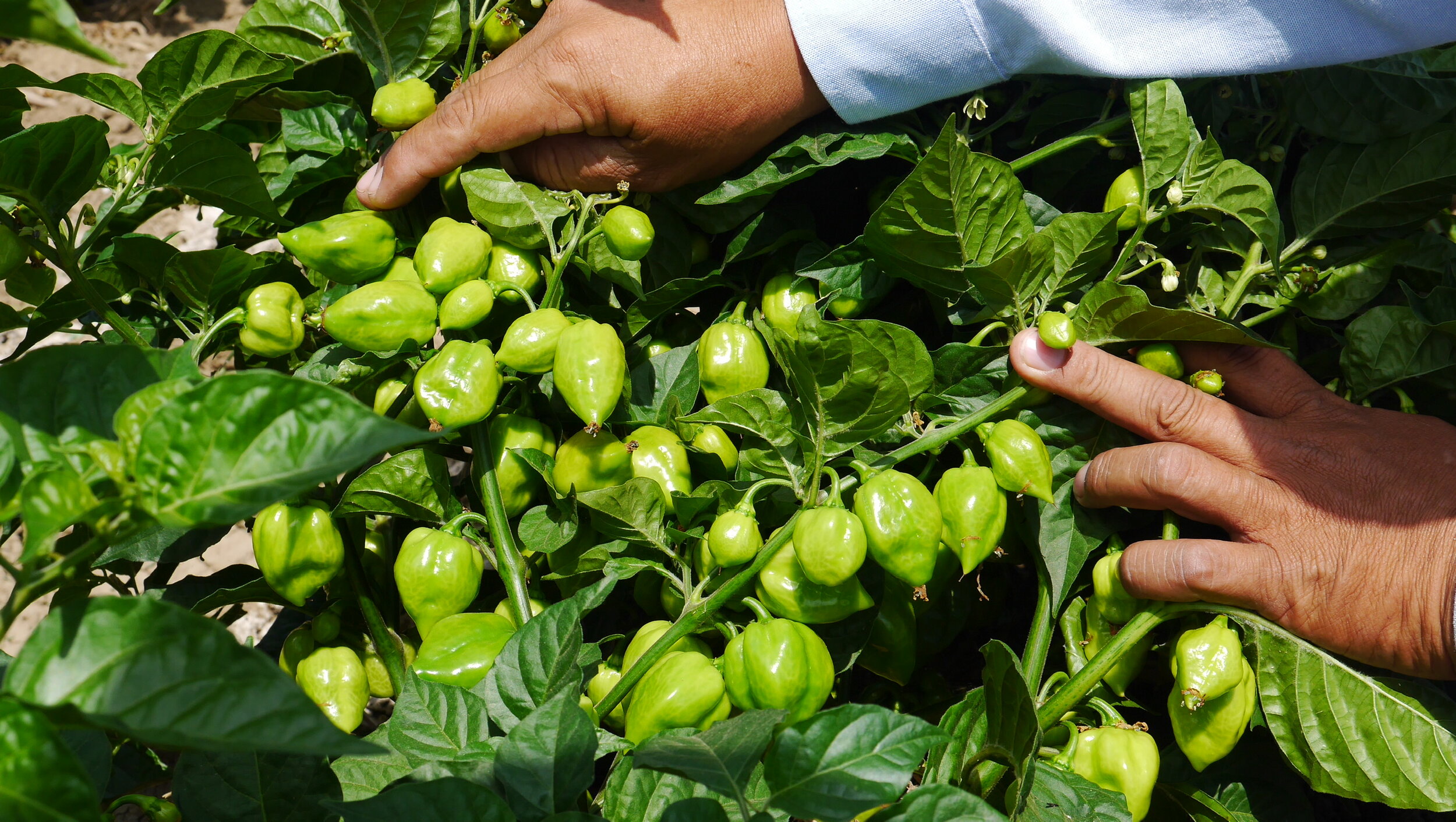
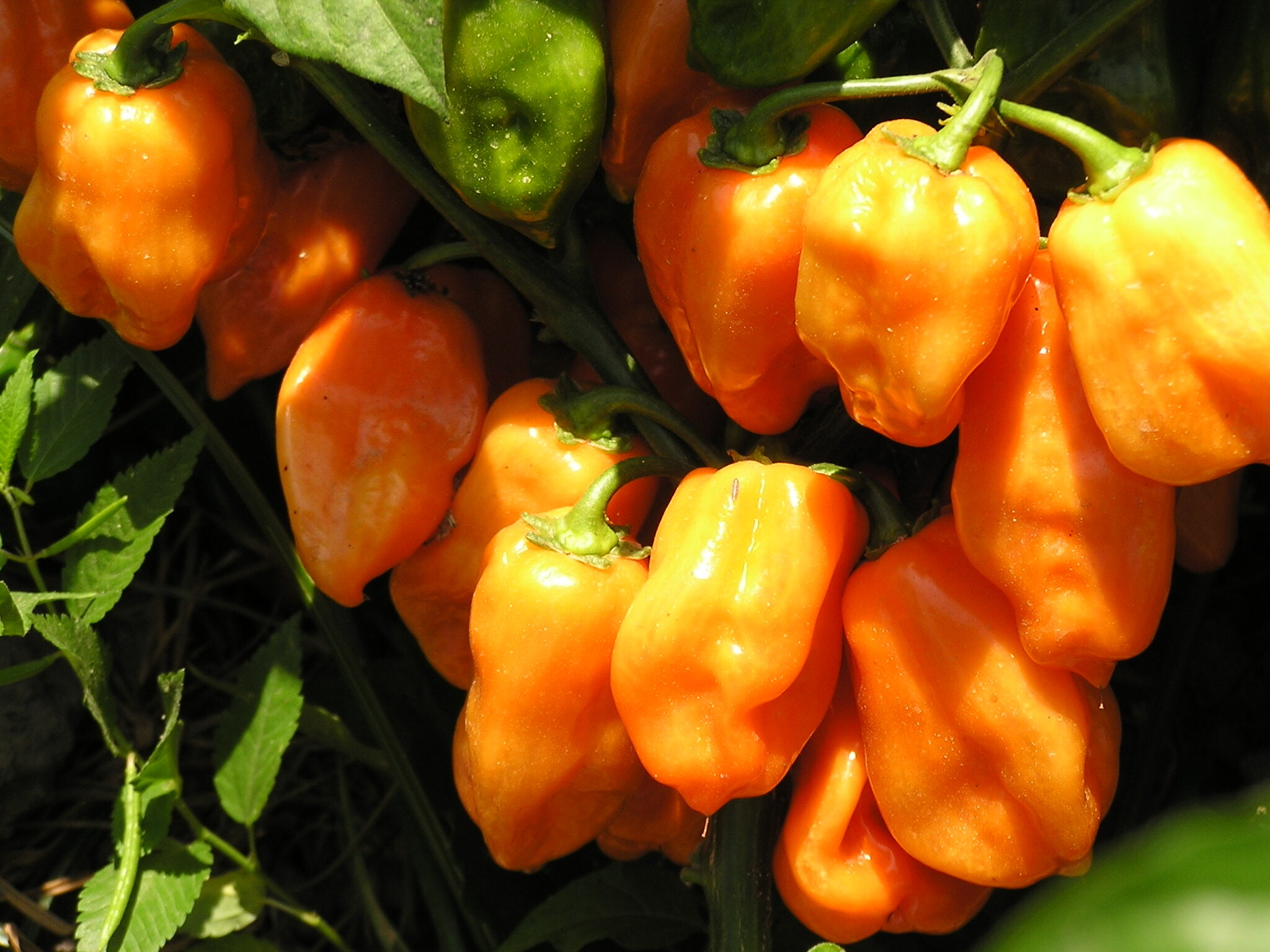
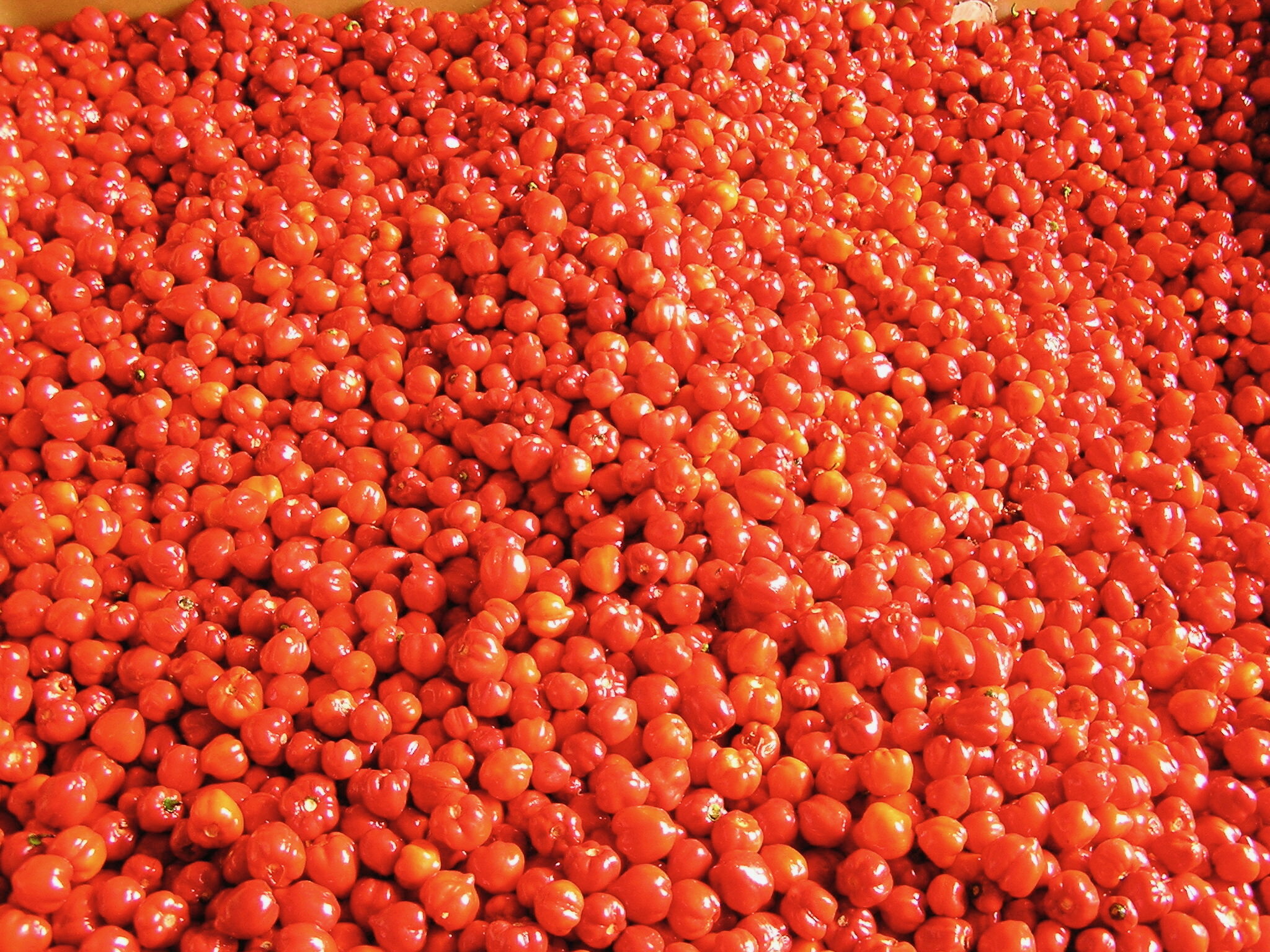
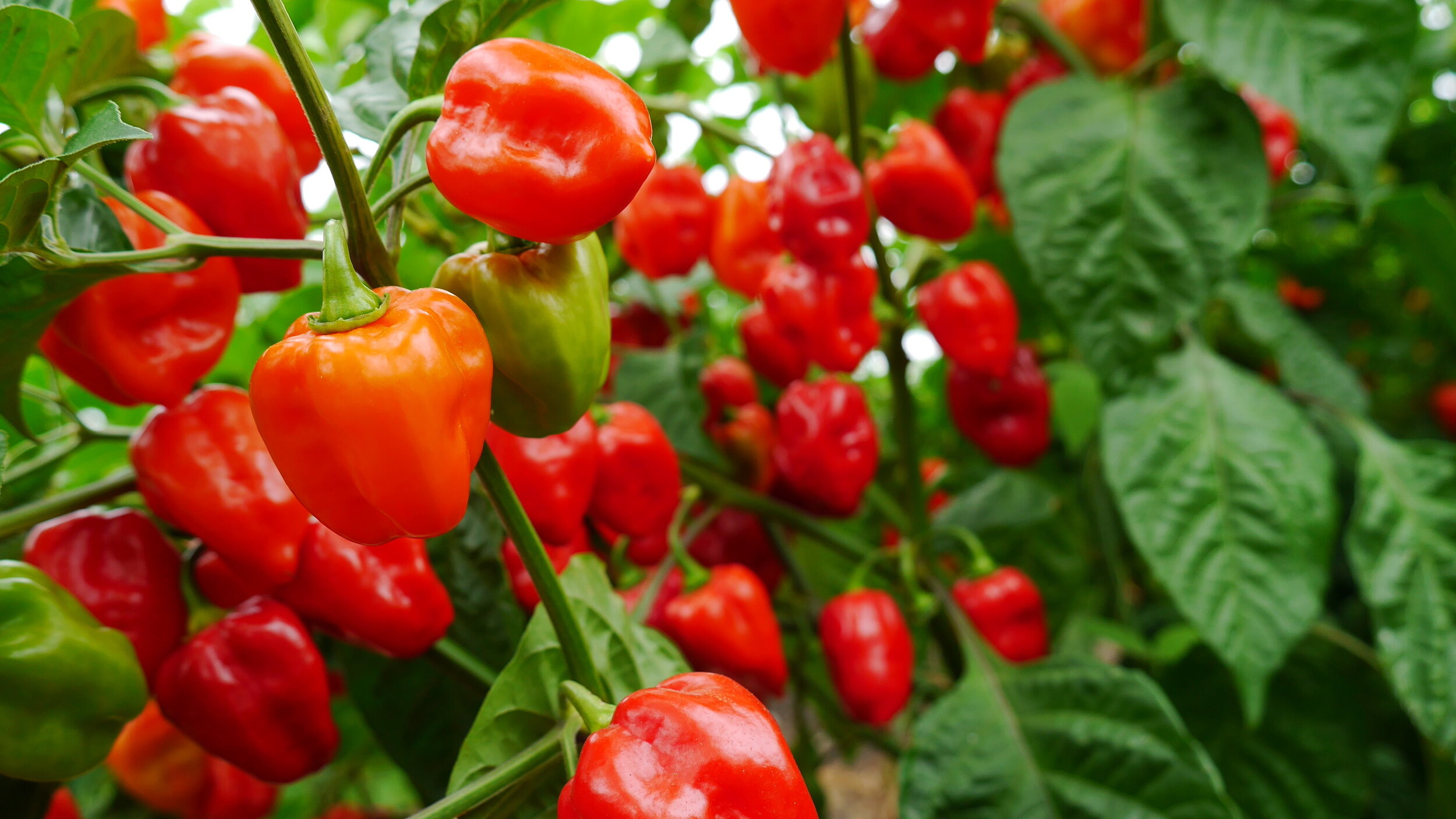
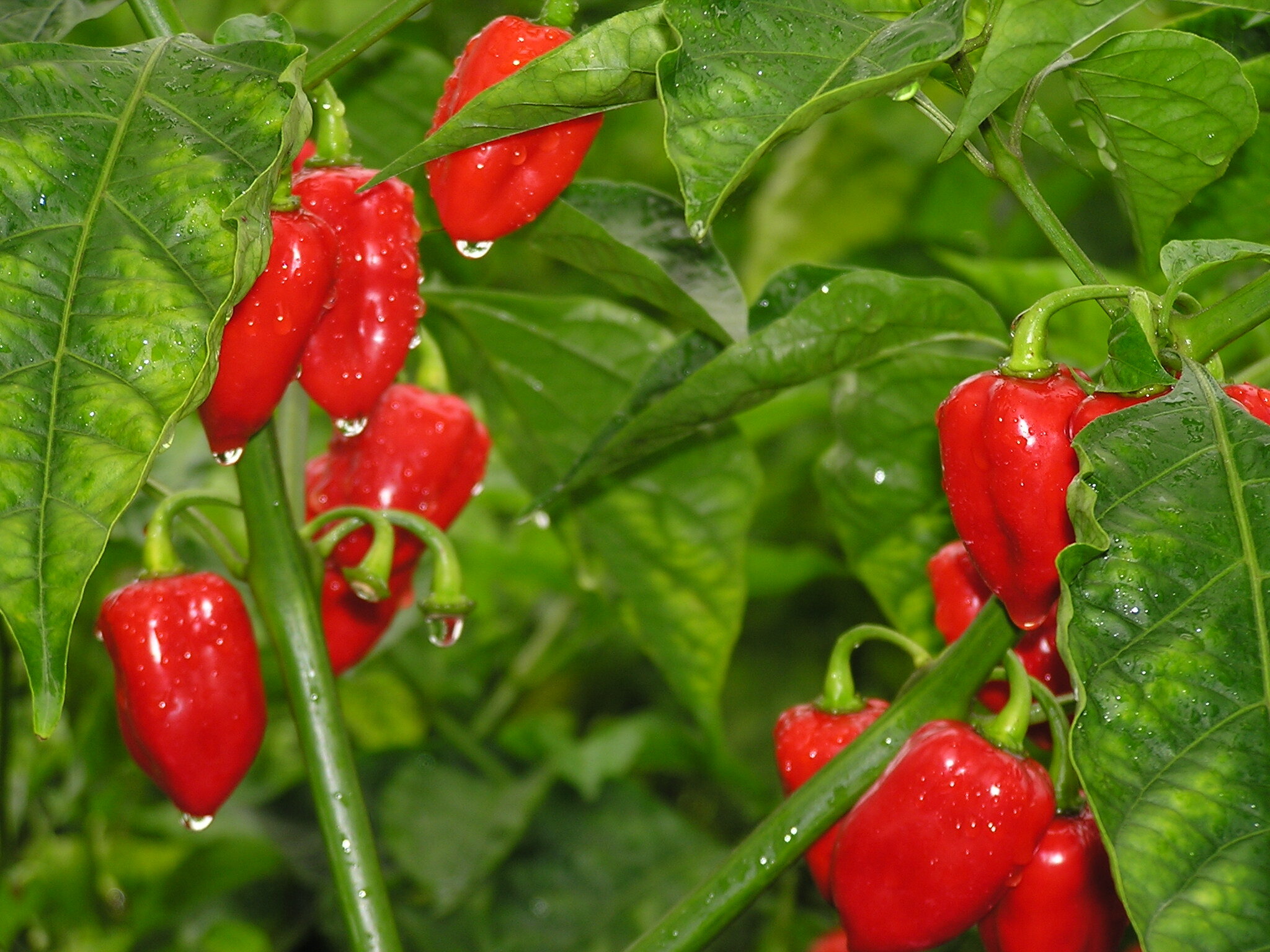
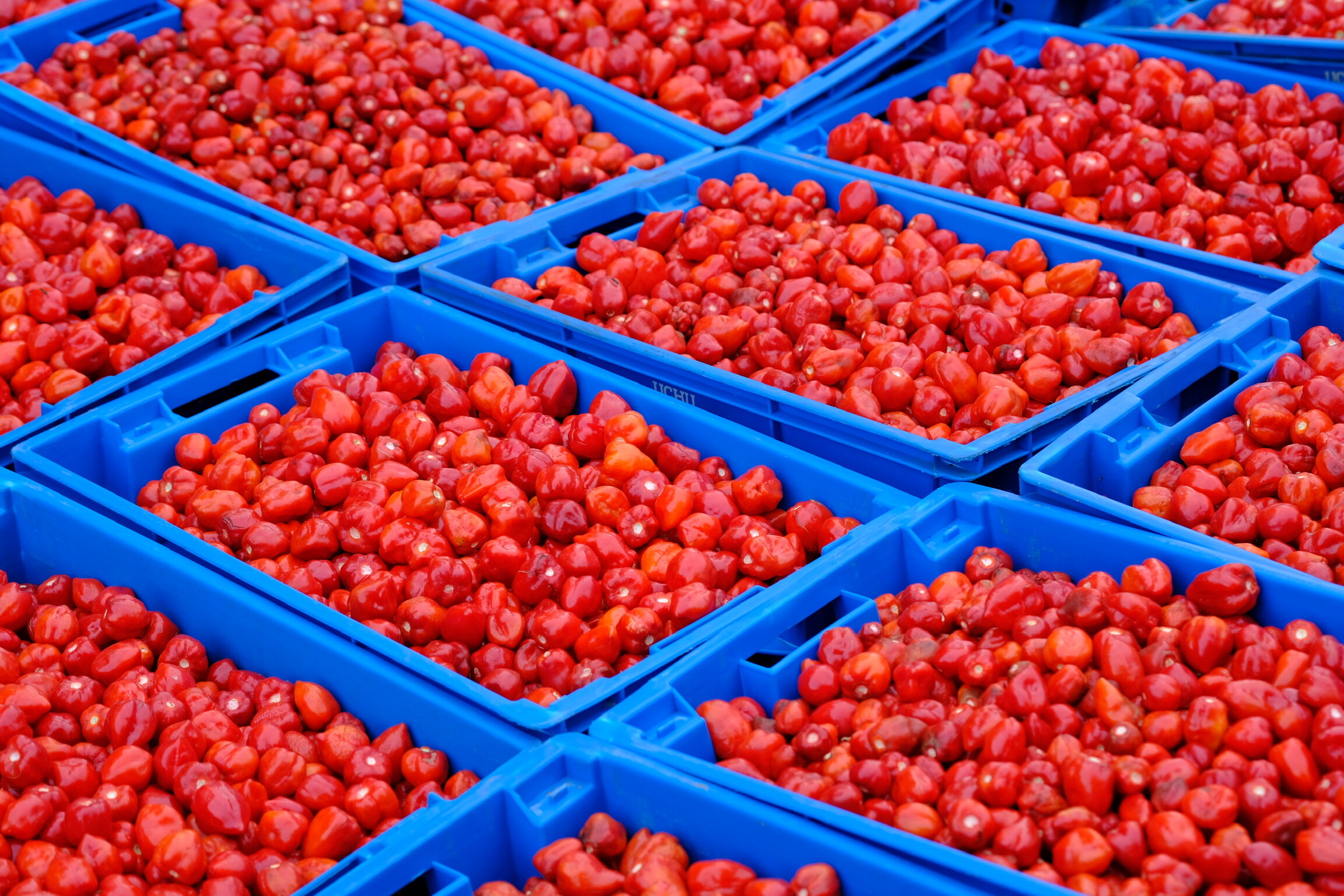
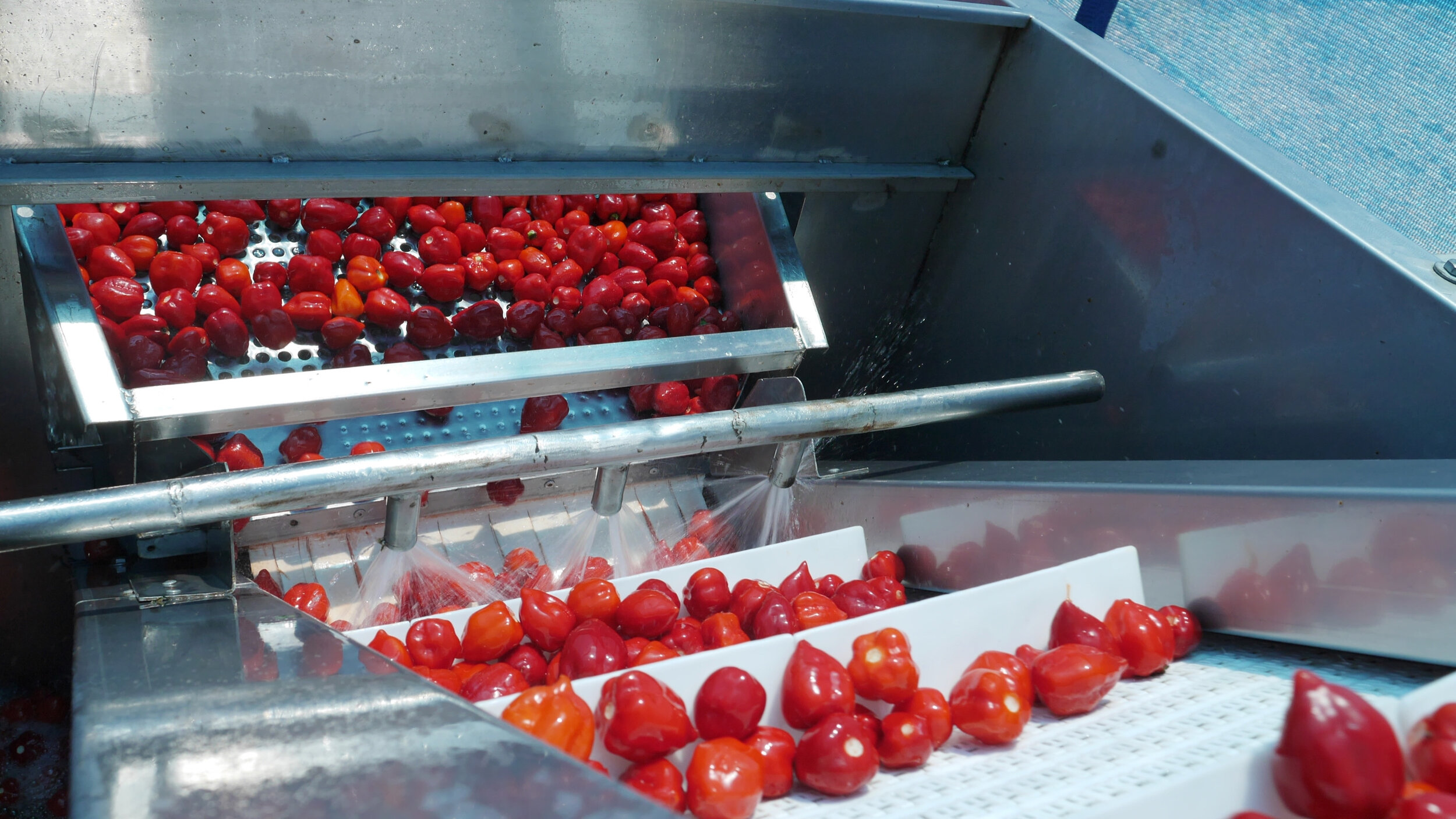
Tropical, fruity flavor
What makes the Habanero unique and preferred for super-hot preparations is its sweet and fruity flavor. It is packed with flavor profiles of tropical fruits, apricot, red apple, and the aroma has sweet, floral hints. This makes the chili not only great for hot sauces, but also for sweet drinks and dishes with lots of fruits included in their preparation. Try this Pineapple Habanero Salsa for a fruity savory experience, and if you’re in a drinking mood, this Mango Habanero Margarita is sure to hit the spot!
Super-hot: immediately hits your tongue
To go with its sweet taste and aroma, Habanero also packs a mean punch. The hot pepper’s heat level is 200,000 – 570,000 Scoville Heat Units, which is very much on the high side of the scale. What is the experience of eating this fruity but spicy chili pepper? We already mentioned and described the amazing flavor, but have said little about the heat. Habanero’s pungency is strong but very balanced: it hits immediately, though not at full power. It then travels to the throat while it grows and then lingers for a bit.
18 varieties and counting
Over the years, many different cultivars of Habanero peppers have been created due to selective breeding. Geographical isolation and cross-pollination have led to striking, varying shapes and colors: from white to dark brown, and every color in between. Currently, there are more than 18 cultivars known. Let’s check out a few that have very distinct characteristics:
Orange Habanero is the most common. You have probably seen these Habaneros before in most sauces labeled as Habanero, or in grocery stores or local markets. It boasts a striking, vibrant orange color, has an extremely sweet and fruity aroma, and at 200,000-350,000 Scovilles it has more than enough heat to produce punchy, flavorful sauces.
Caribbean Red: this is one of the hotter Habanero versions with 300,000-450,000 Scovilles. The Caribbean has a slightly more citrusy and earthy flavor, which we particularly like in raw preparations, like salsas.
Chocolate Habanero: The most immediate differentiating factor is the color of this cultivar – brown, hence its name – and heat levels higher than those of its brothers and sisters. With an average of 425,000 to 577,000 Scoville Heat Units, it is definitely on the highest end of the Habanero pungency range. The Chocolate Habanero is also more smoky and earthy tasting than other cultivars.
Peruvian White: this beautiful, creamy white Habanero isn’t as innocent as it looks. Its heat compares to that of the Orange Habanero. As well as the color difference, the Peruvian White is slightly smaller than other cultivars.
The Red Savina is the hottest cultivar of them all! This is the Habanero that held the title for World’s hottest chili pepper for 8 years. With consistent Scoville measurements of 570,000, it is the heat king among Habaneros.
This fruity but fiery chili pepper is a worldwide hit! Are you looking to spice up your product with the Habanero? Contact us, and we will gladly help you out. UCHU Spice carries several red Habanero cultivars in all presentations: brined, dried whole, in powder or flakes, and in mash both fermented and acidified.








